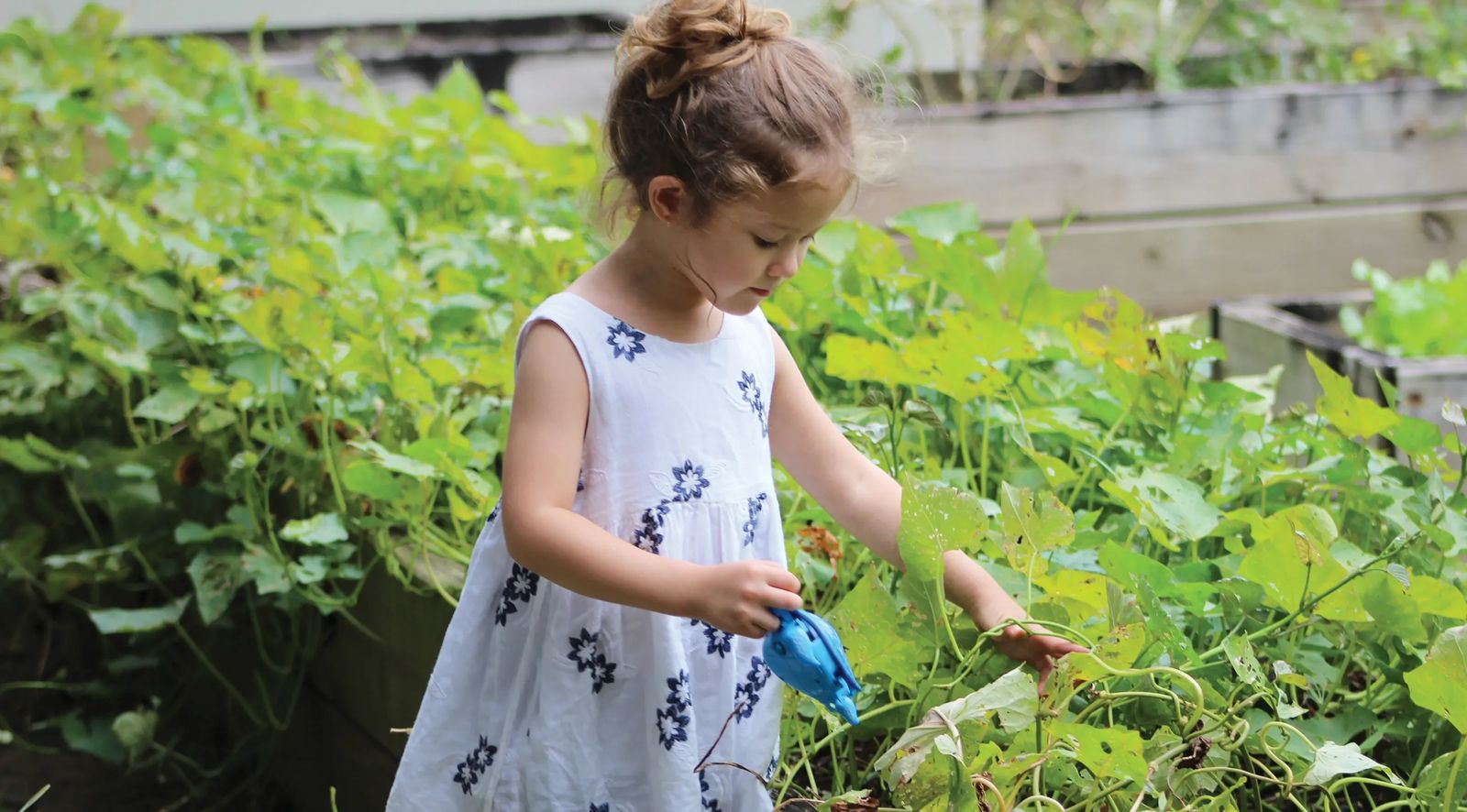
Earth Day
April 1, 2019 | by anna rogers
History of Earth Day
The first Earth Day took place in 1970, sparking an environmental movement backed by a growing awareness that, unchecked, our industrious nation was headed in the direction of depleted natural resources, poor air and water quality, and detrimental ecological impact.
The movement was spearheaded by Senator Gaylord Nelson, a Democrat who partnered with Republican Senator Pete McCloskey to bring a national Earth Day to fruition. Organized by national coordinator Denis Hayes of Harvard University, they promoted events all across the country to bring people together on April 22 to rally behind an environmental change in our nation.
As a result of the very first Earth Day nearly 50 years ago, Americans saw the creation of the United States Environmental Protection Agency (EPA) and the passage of the Clean Air, Clean Water, and Endangered Species Acts.
In 1990, the quest to turn Earth Day into a global platform was realized, bringing together 200 million people in 141 countries to join forces, voice concerns, and work for change.
Today, Earth Day serves as a celebration of our natural world while also seeking to activate change in practices and policies that lead to a clean and sustainable environment. The 2019 Earth Day's primary initiative is to "Protect Our Species," seeking to change the rapid extinction of species in our world today as a result of human activity.
Simple Ways to Love the Earth
In addition to celebrating the resource-filled, beautiful world that we all call home this Earth Day, we can also use the day to implement some changes in lifestyle that promote a love for the Earth. It’s easy to feel as though our actions and decisions don’t make much more than a drop in a bucket, but collectively, we all share the responsibility and privilege to care for what we’ve been given and to protect its richness for future generations.
Caring for our Earth by protecting its cleanliness, diversity, and wealth of resources is a task that starts not with policymakers or even environmental organizations, but right in our homes. Through these lifestyle changes, we can live simply and richly while contributing to a better world.
Diversify the Yard
For most of us, yards are the one piece of land that is entrusted into our care. We get to make the decisions when it comes to the earth that surrounds our homes. How are we using this gift of land, and how are we pouring back into the soil, air, and environment with our decisions?
Diversification is one of nature's greatest strengths. It is how ecosystems function, giving and taking to form cycles and patterns that yield health and growth for all living things involved. Through diversifying the plants, shrubs, and trees that we choose for our space, we contribute to a healthier ecosystem right in our own front or back yard.
The benefits of this shift in lifestyle are multi-faceted. Introducing more diverse plantings into a yard that is solely grass moves away from a miniature monoculture. This reduces energy (fuel) needed to mow the lawn and introduces shade and better root systems that require less watering. A diverse yard attracts more living organisms. Varied herbs and flowers attract pollinators that fertilize plants, stimulating the formation of seeds and fruit. Shrubs and trees serve as shelter or nests for birds and other living things.
Incorporating a garden into the yard is another fantastic means of diversification. By connecting with plants as food, we also nurture awe and respect for the time and resources required for growth.
Eat and Support Local Food
Home gardens are also the first step toward eating and supporting local food. There is nothing more local than our own backyards! Home-grown fruits and vegetables supplement what we would otherwise buy at the store, not only saving money but also cutting back on the amount of food we purchase that was trucked in from all across the country.
Beyond home gardens, we can support local gardeners, farmers, chefs, shops, and restaurants who are growing or selling food for their surrounding communities. By purchasing food grown and made right where we live, we play a crucial role in reducing the amount of resources required to get the food from the farm to the table. In addition, we are pouring into our community, stimulating economic growth, and connecting with one another. There is also a stronger connection built between the Earth and us when we have an understanding of where our food comes from and the work and effort that goes into producing it.
Home Composting
Many people think a large yard or garden is required to compost, but composting can be done even in an apartment. The goal of composting is two-fold. Its first benefit is a reduction in waste that must cycle through our waste management systems and then sit in a landfill where decomposition takes longer than in nature or a dedicated composting bin. The second is to enrich the soil where the decomposed matter is discarded.
Composting simply requires a collecting point inside and a dumping point outside. Non-absorbent pails with small holes (and sometimes charcoal filters) for air flow make a great collecting point that isn’t an eyesore in the kitchen. Kitchen scraps, coffee grounds, and even paper towels can be dropped into the compost pail. The dumping point can take many shapes and sizes, but the key components are air flow and the ability to access moisture. Turning the compost pile every so often speeds the decomposition process.
Change the Way You Clean
It’s strange (and scary) to realize that we clean our homes, our bodies, and our children with products that are harmful to the Earth. Harsh chemical cleaners for dishes, countertops, laundry, hair, and even teeth are becoming a thing of the past. Many of us are probably due for an earth-friendly, people-friendly upgrade to our cleaning regimens.
Does the product have a strong, fragrant smell? Chances are, this cleaning or beauty product may contain phthalates. Phthalates are endocrine disruptors, meaning they interfere with our hormones. Other chemicals like chlorine, ammonia, and sodium hydroxide are also common toxins found in cleaning products.
When possible, we should choose more eco-friendly products to clean our home and our bodies. But beware! Many companies advertise their products as “green” or “natural,” but their environmental claims aren’t entirely truthful. Look for specifics and be informed about harmful toxins the product may contain.
Another method for avoiding harsh chemicals in cleaning products is to utilize alternative methods of cleaning and prevention, such as a microfiber cloth for dusting or improving ventilation in bathrooms to prevent mildew build-up.
Decrease Plastic Use
While clearing out those chemical cleaners, take stock of excess plastic around the house. Our overuse of plastic, a material that cannot biodegrade, is piling up in landfills, threatening wildlife, and leaching chemicals into our environment and our bodies.
We can tackle the overuse of plastic by choosing alternative products when possible, or by recycling or reusing the plastic products we can’t live without. An easy place to start making some changes is in the kitchen with plastic items we use for consumption. Swap out those plastic plates and cups for ceramic or glass. Utilize reusable storage containers instead of one-time-use plastic bags. Small changes like these can go a long way to reducing plastic use.
Connect with Nature
It’s no secret that we nurture and care for the things we love. One of the greatest actions we can take for the environment is to connect with nature and instill a love of Earth in the next generation. Through education and exploration, we gain a deeper understanding of how everything is connected and how human interaction is impacting wildlife, natural resources, soil quality, and more.
Armed with knowledge, we can change the narrative. We can give more than we take. We can withhold when it may cause harm. We can tune in to the signs and symptoms all around us. And with a little diligence, our children will see our connection and love for the natural world and adopt it for themselves. We can, and should, arm our children to carry on the work of seeking to better our Earth.
“Perhaps we need to start asking ourselves not only what planet we are leaving our children, but what children we are leaving for our planet?” – Claire Warden, Educational Consultant

